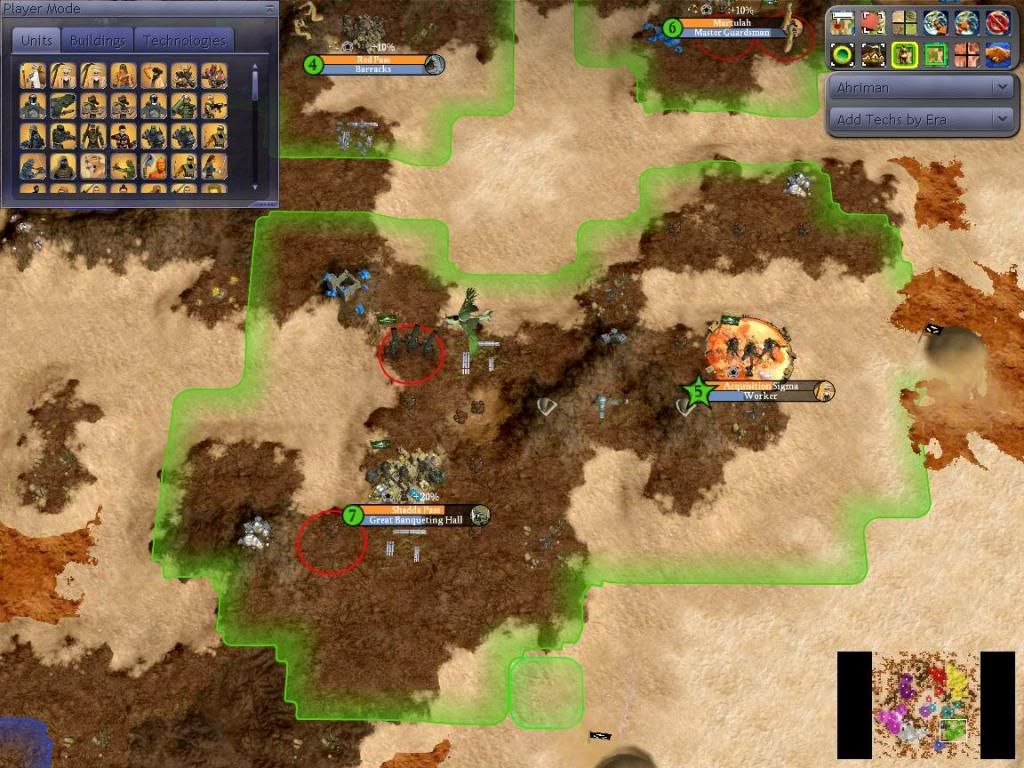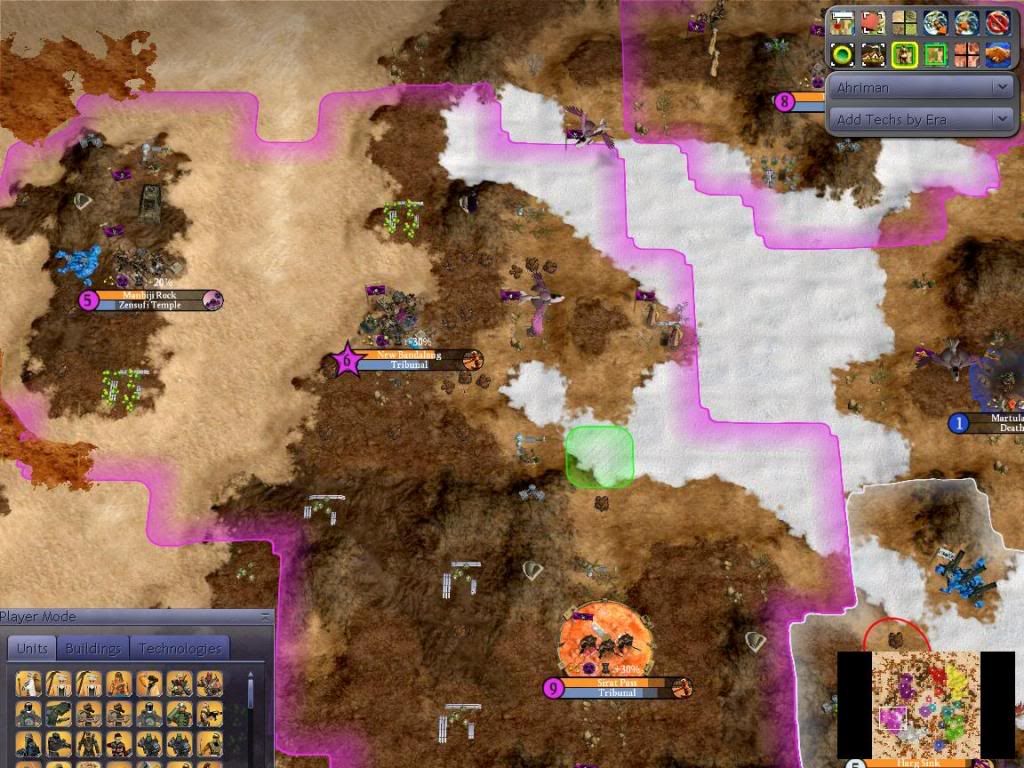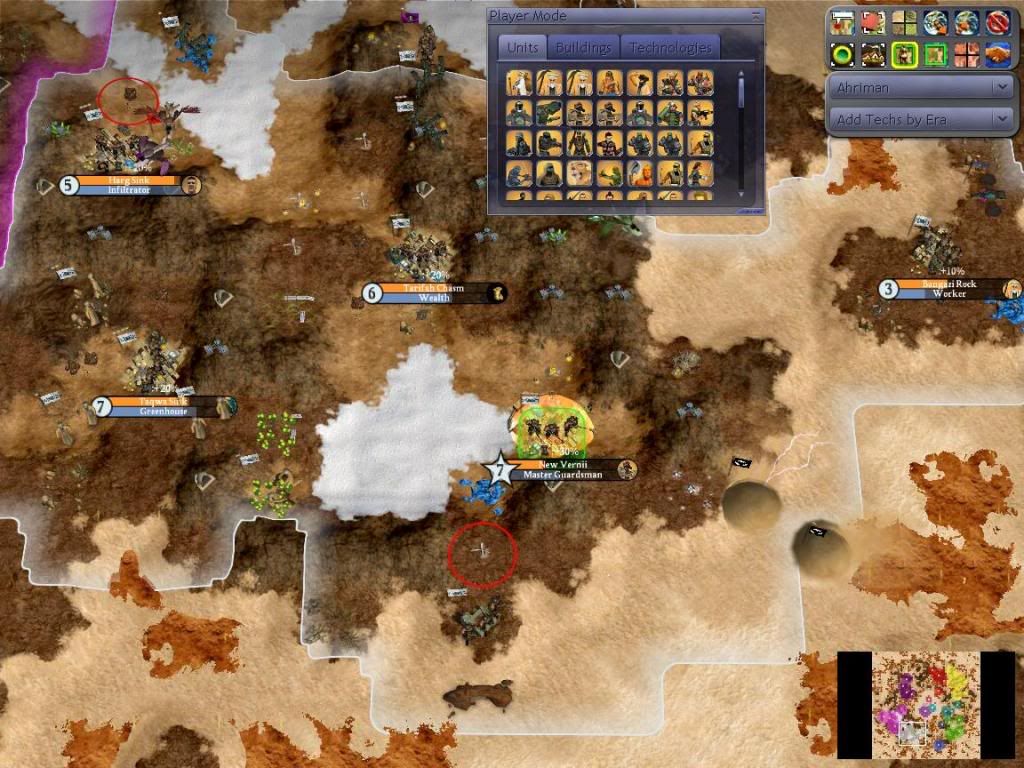davidlallen
Deity
I'm not sure if this is better off in the mapscript thread or the city placement thread. I have written the new start plot selection code for arrakis.py using my description above. I have not tested it very much; there isn't any convenient way to run dozens or hundreds of maps and store the results.
If you are interested, please download the attachment and unzip it over your previous version of dune wars/public maps/arrakis.py. I'd be interested in any feedback. Note: since this code is entirely inside the mapscript, (a) it doesn't affect the archipelago mapscript, (b) it doesn't affect placement of the second and later cities of any civ, (c) it doesn't change where the settler "blue circles" or BBAI debug "colored circles" go.
After some testing and feedback, if it seems OK, then I will try to rewrite it inside the sdk in C code instead of python, and replace AI_foundValue. But I need to investigate more about how the rest of the sdk handles overlapping of suggested sites.
If you are interested, please download the attachment and unzip it over your previous version of dune wars/public maps/arrakis.py. I'd be interested in any feedback. Note: since this code is entirely inside the mapscript, (a) it doesn't affect the archipelago mapscript, (b) it doesn't affect placement of the second and later cities of any civ, (c) it doesn't change where the settler "blue circles" or BBAI debug "colored circles" go.
After some testing and feedback, if it seems OK, then I will try to rewrite it inside the sdk in C code instead of python, and replace AI_foundValue. But I need to investigate more about how the rest of the sdk handles overlapping of suggested sites.



